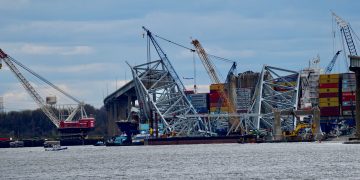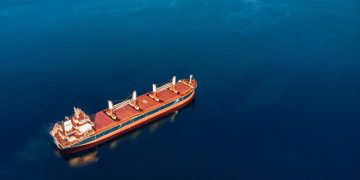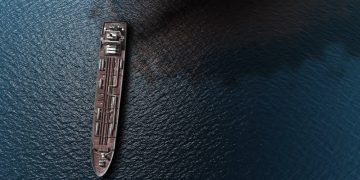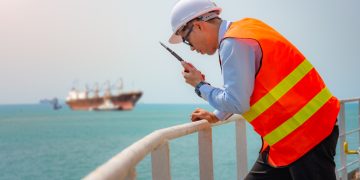Preliminary report on Houston Ship Channel collision
The collision occurred when the chemical tanker changed course to avoid a towboat The National Transportation Safety Board (NTSB) issued a Preliminary Report concerning the October 29, 2011 collision between the chemical tanker Elka Apollon and the container ship Nederland in the Houston Ship Channel.The collision occurred when the chemical tanker changed course to avoid a towboat and fuel barge that were entering the Houston ship channel.The information in this report is preliminary and will be supplemented or corrected during the course of the investigation."At 0906 central daylight time (CDT) on Saturday, October 29, 2011, the 799-foot Greek-flag chemical tanker Elka Apollon, outbound in the Houston ship channel, collided with the 777-foot inbound Panamanian-flag container vessel MSC Nederland at a point in the channel referred to as Five Mile, which is close to the channel's intersection with the Bayport ship channel.Prior to the collision, the pilots agreed via VHF radio to a port-to-port passing. As the Elka Apollon began its maneuver to meet the MSC Nederland, the towboat Mr. Earl pushing a fuel barge was exiting the Bayport ship channel off the tanker's starboard side. The pilot on the Elka ApollonMSC Nederland. The pilot on the MSC Nederland saw the ...
Read more





















































